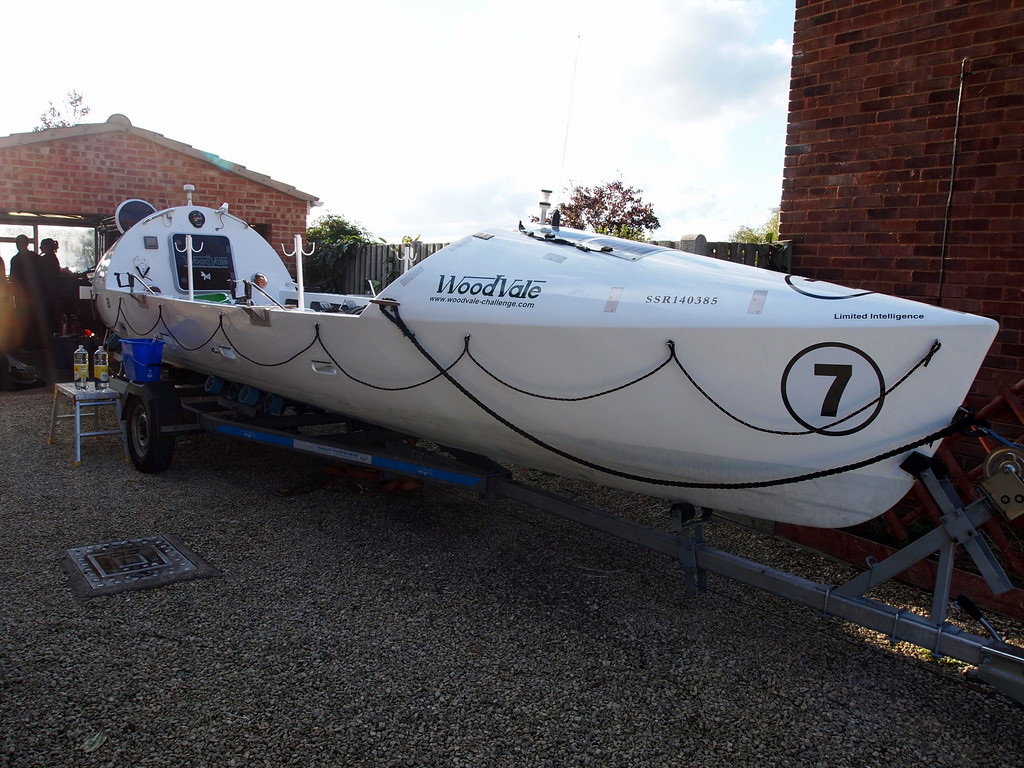summited the world’s tallest peaks, won national championship adventure races, and completed record
setting rows. Their journey will be nonstop, will take 30 days to cover 1,100 miles of frigid, unforgiving
water, and will make history. In July of 2012, four men will row the Arctic Ocean in a 29-foot-long, six-
foot-wide boat – and they will be doing it for science and conservation.
to row across the Arctic, traveling from the northeast corner of Iceland to Svalbard, Norway at the edge
of the polar icecap. Near constant daylight will aid them in 24 hour rowing, made possible by alternating
two man shifts and a small sleeping compartment on board. They will not be supported by resupplies or
accompanying vessels, but will carry food stores, safety gear, and GPS devices. Solar panels will power
the GPS and a laptop to keep the rowers in contact with people tracking their progress.
By working with Adventurers and Scientists for Conservation, the Arctic Row Team will be maximizing
the impact of their expedition. Each day, the rowers will collect two samples of plankton from a net
being pulled behind their boat. These tiny organisms are a key food source for baleen whales, and the
specimens will help researchers gain a better understanding of the feeding habits and abilities of these
cetaceans. Through film and recorded data, the rowers will also document whale sightings, noting
species, behavior, and environmental conditions at the time. Dr. Julie Hagelin of the University of Alaska
Fairbanks (UAF) will use the research conducted by the team to glean information on how whales seek
out patches of plankton through vast stretches of water. The samples will also provide UAF’s Dr. Russell
Hopcroft with a detailed view of plankton population density along the route. Additionally, on-board
equipment will allow the crew to constantly monitor the salinity and temperature of the water. This
data – which is relatively simple for the adventure athletes to collect – would require painstaking labor
and excessive capital to otherwise obtain.
One of the driving forces behind the journey is to highlight the impact that global warming is having
on the Arctic. The team has noted that a changing climate and melting ice is the reason this route is
passable by boat. By documenting their exploration through film, the rowers will be able to connect
a wide audience with the Arctic ecosystem and the threats that it faces. Social media updates
and mainstream media interviews will increase the profile of this historic journey and the fragile,
pristine place in which it occurs. To learn more about the first ever Arctic crossing by rowboat, visit
www.arcticrow.com. For a more in-depth look at the data being collected for Dr. Hopcroft and Dr.
Hagelin, go to https://www.arcticrow.com/science/.
-Liam Dillaway

